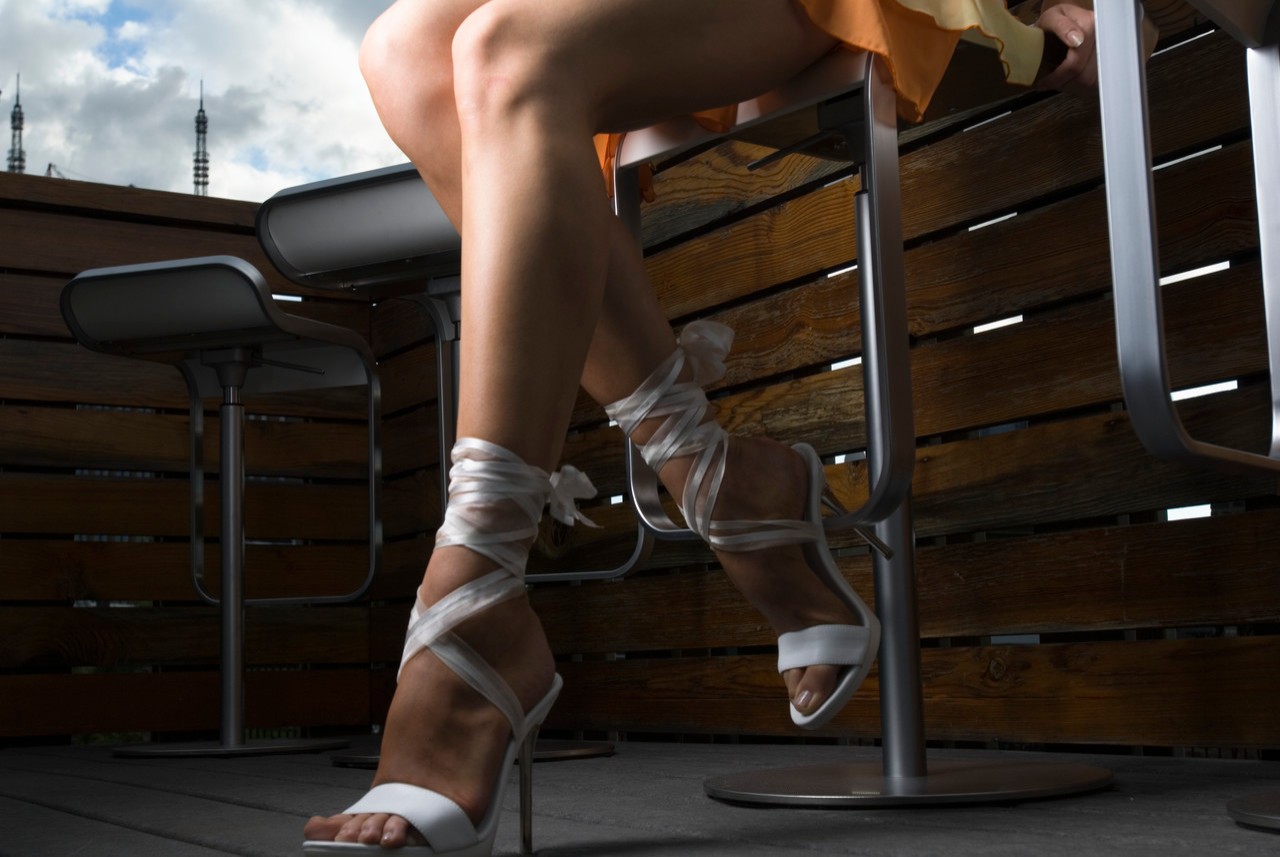Are High Heels Dangerous?

If you wear high heels frequently, you could be risking injuries and arthritis for style.
High heels, whether stilettos, wedges, or pumps, have been fashionable for decades. Many women don’t feel dressed for work if they aren’t wearing high heels with their business suits. And dressing up for a special event almost always involves stepping out in heels.
While high heels add inches to height and make legs look longer, sleeker, and sexier, the eventual result of wearing these shoes much of the time may not be a pretty picture. In fact, high heels can put your health in danger.
In a review of research examining how high heels impact the body, scientist Neil J. Cronin of Finland’s University of Jyväskylä concluded walking in these shoes alters “the natural position of the foot-ankle complex, and thereby produces a chain reaction of (mostly negative) effects that travel up the lower limb at least as far as the spine.” The result can be acute and chronic problems in knees and joints.
Iowa State University researcher Danielle Barkema had 15 volunteers walk on a platform while wearing shoes with different heel heights – flats, two-inch-, and 3.5-inch-tall heels.
Using sensors, cameras, and other high-tech lab equipment, Barkema documented how walking in elevated heels produced a shock wave that moved from the heel up the leg, causing pressure on the inside of the knees. Barkema also found wearing heels, especially those two inches and higher, altered body posture by changing joint positions at the knees, hips, ankles, and trunk — changes that could eventually cause painful osteoarthritis, which occurs when the protective cartilage on bones wears down over time.
"Obviously, with research like this you can't say with any certainty that if you wear high heels regularly you will develop osteoarthritis. We don't know that," Barkema said. "However, based on this information, wearing high heels puts individuals at greater risk for developing osteoarthritis. And it seems to be that the higher the heel height, the greater the risk."
It’s obvious that running in high heels can be dangerous and contribute to falls but it’s not uncommon for women who are wearing heels to run sometimes, whether to catch a bus or to get out of the rain. However, not only are you risking a sprained ankle when you sprint in high heels, you are also raising the risk for knee problems later in life, according to a study from Ningbo University in Zhejiang, China.
The researchers warned that higher heels carried the greatest risk of an ankle sprain from running. But the long-term consequences of breaking into a jog while wearing high heels were even more serious, according to the study. Running in heels puts significant pressure on knees, increasing the joint wear and tear that leads to osteoarthritis.
Researchers at Hanseo University in South Korea examined how regularly wearing shoes with almost 4-inch tall heels affected 40 young women. The research subjects were required to wear the high heels over the course of four years as part of their training to become airline attendants.
The women’s ankle strength was measured using computerized exercise machines, and their balance was assessed with a wobble board. The results at first glance showed wearing high heels had positive effects.
Sophomores and juniors who had been wearing high heels for two or three years had greater strength in their ankle muscles than the freshmen women, who were generally new to wearing high heels frequently. Exercise physiologist Jee Yong-Seok, PhD, who headed the study, concluded ankles were strengthened over the course of wearing high heels for a year or two because the ankle muscles adapted to the stresses of wearing high heels.
But when the research team looked at the young women who were seniors and had worn high heels the longest, they found a surprise. The muscles on the sides, front, and back of these research participants’ ankles were out of balance. The result was ankle instability and weakness.
In addition, all the senior women who had worn high heels the longest had worse balance than even the freshmen. Eventually, the researchers warned, these ankle changes could lead to falls and serious ankle sprains.
All this bad news about the dangers of wearing high heels doesn’t mean you can never wear them. The take-away message is don’t wear high heels daily, and avoid running in them. It’s also important to do preventive exercises to keep ankles strong and flexible. To that end, Jee recommends regular ankle strengthening exercises, such as heel walking, tapping your toes on the floor, and raising your heels.
Updated:
February 27, 2020
Reviewed By:
Christopher Nystuen, MD, MBA